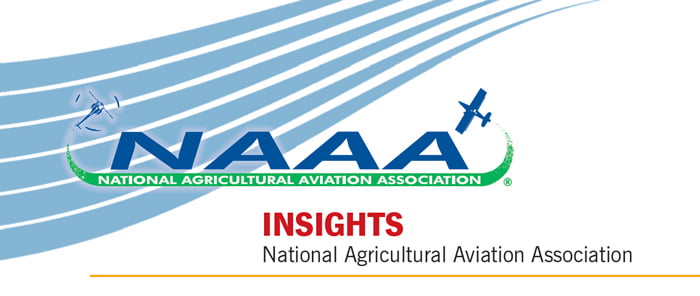August 3, 1921. An experimental application of insecticide dust, conducted jointly by the Ohio Department of Agriculture and the Federal Aviation Experiment Station near Dayton, becomes the first recorded use of aerial application.
1922–1924. Taking note of the success of the Ohio aerial application experiment, USDA researchers recognize the potential for the new practice in the ongoing fight against boll weevils in the South’s cotton crop. Their research results in aerial application to cotton becoming the first widespread commercial use of agricultural aviation. In 1924, Huff-Daland Dusters Inc.—the forerunner to Delta Air Lines—becomes America’s first known dedicated aerial application business.
1946–1947. The Army’s primary training aircraft in the 1930s and early 1940s—Stearman biplanes—are sold by the thousands as war surplus. Aerial applicators jump at the opportunity to acquire the sturdy, pilot-friendly equipment, and the Stearman remains an agricultural aviation staple into the 1960s.
1947. In California, a Stearman fitted with two 450-watt headlamps makes the first nighttime aerial application. Today, headlamps have been supplemented or replaced with sophisticated night vision equipment, enabling aerial application at night when winds are calm, and bees are not present in fields and orchards.
1950. The Texas A&M Aircraft Research Center develops the Ag-1 ag plane prototype, the first aircraft created solely for ag use.
1951. 23-year-old aircraft design prodigy Leland Snow develops the S-1 ag aircraft. Snow continued to perfect the design throughout the 1950s and went on to found two successful ag aircraft design and manufacturing companies. Because of his groundbreaking work, Snow is considered by many to be the father of the modern ag airplane.
1955. Over a wildfire in the Mendocino National Forest in California, a Stearman ag plane becomes the first fixed-wing aircraft to be used in firefighting.
1966. With the growth of suburbs bringing the non-ag public closer to farming operations, and with increasing public uneasiness over pesticide use, the National Agricultural Aviation Association was founded to promote the professionalism of the aerial application industry. Today, NAAA represents the industry among legislators and policy makers and provides advanced safety and technical training for operators.
Mid-1970s. The introduction of the turbine engine in agricultural aircraft represents a game-changing breakthrough in aerial application efficiency. Compared to piston power, the added muscle of the turbine engine increases air speeds by 20 mph or more and makes it possible to boost a plane’s hopper capacity by up to 75%.
1993. The Global Positioning System, or GPS, becomes commercially available in ag aviation. The technology instantly enables pilots to improve accuracy and make highly targeted applications, ushering in the age of true precision agriculture.
2005–2021. Engineers and researchers continue to push the envelope regarding the incorporation of precision application, digital infrared imaging and data analytics into ag aviation. These technologies make it possible for applicators to effectively spray exact prescribed doses and reduce the total amount of pesticides used. Industry experts believe rapid advances in digital technologies in the cockpit will soon enable onboard systems to virtually take over the in-flight management of the application process, allowing pilots to focus on safe, environmentally sustainable operation of the aircraft.
2015–2021. Because of its growing use by farmers as an economical, fast and effective way to seed cover crops, aerial application emerges as an important component in strategies to address climate change with carbon sequestration.







